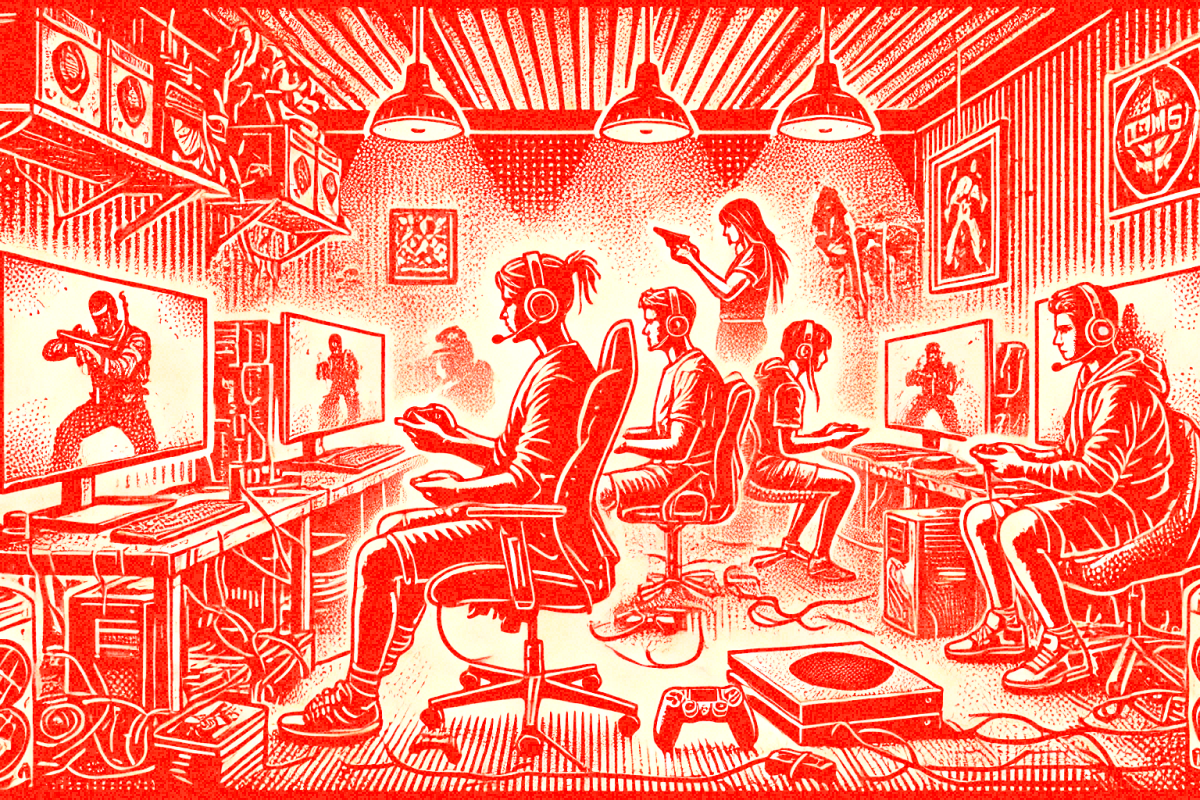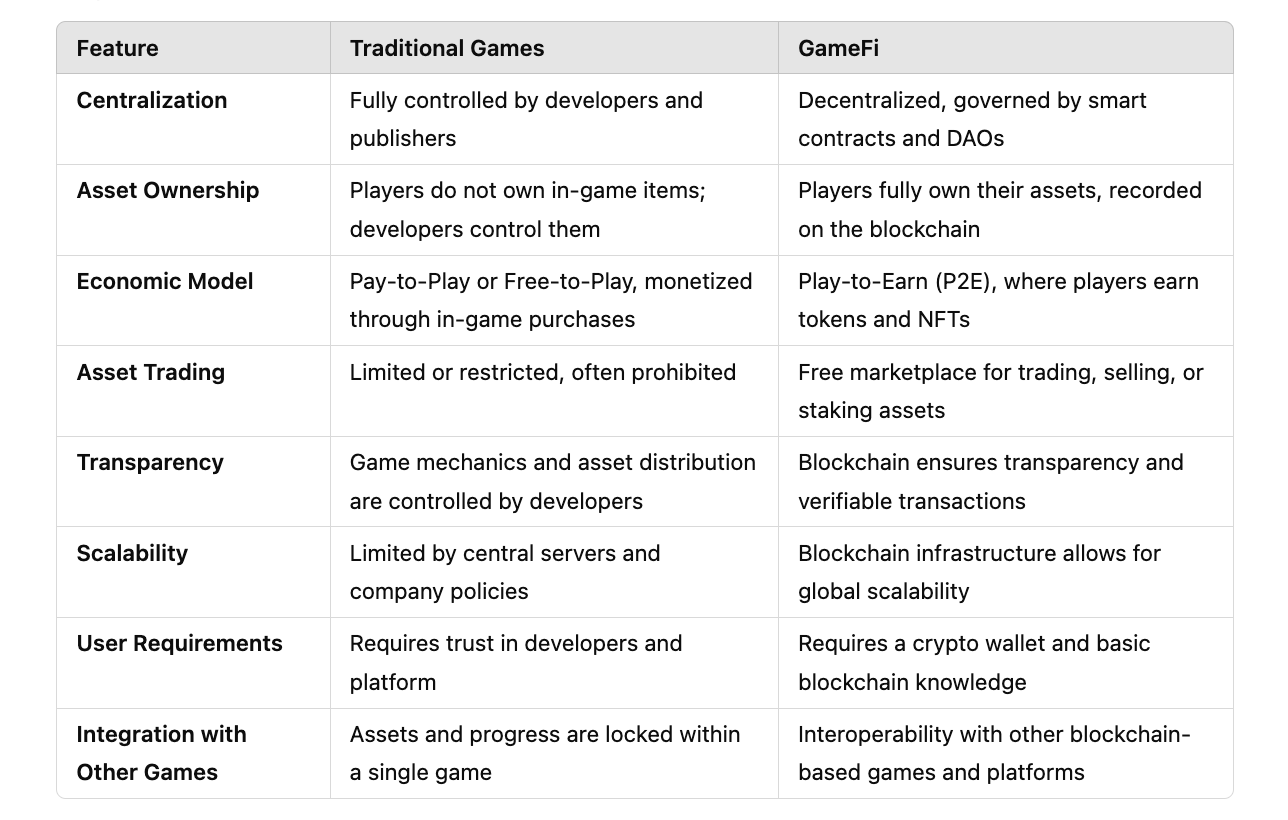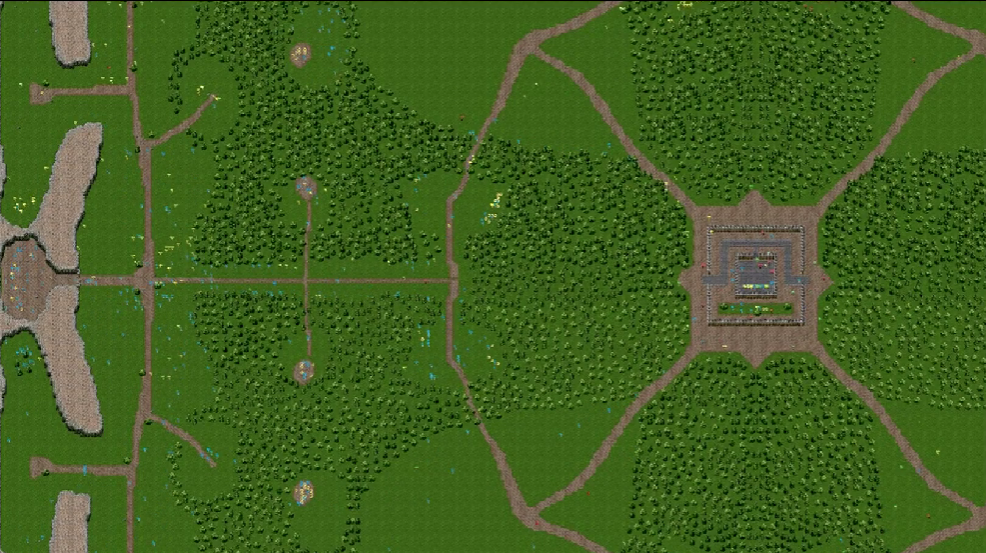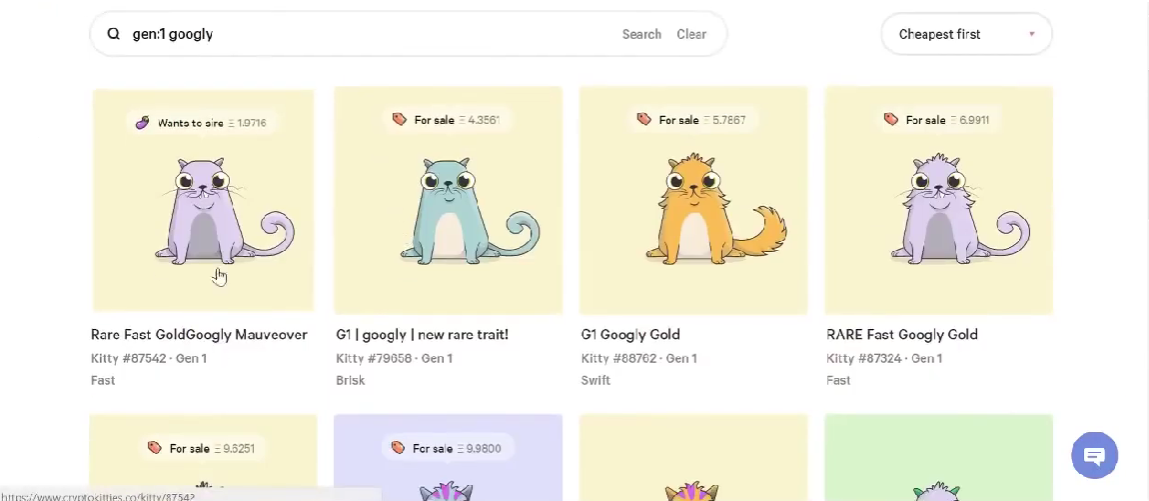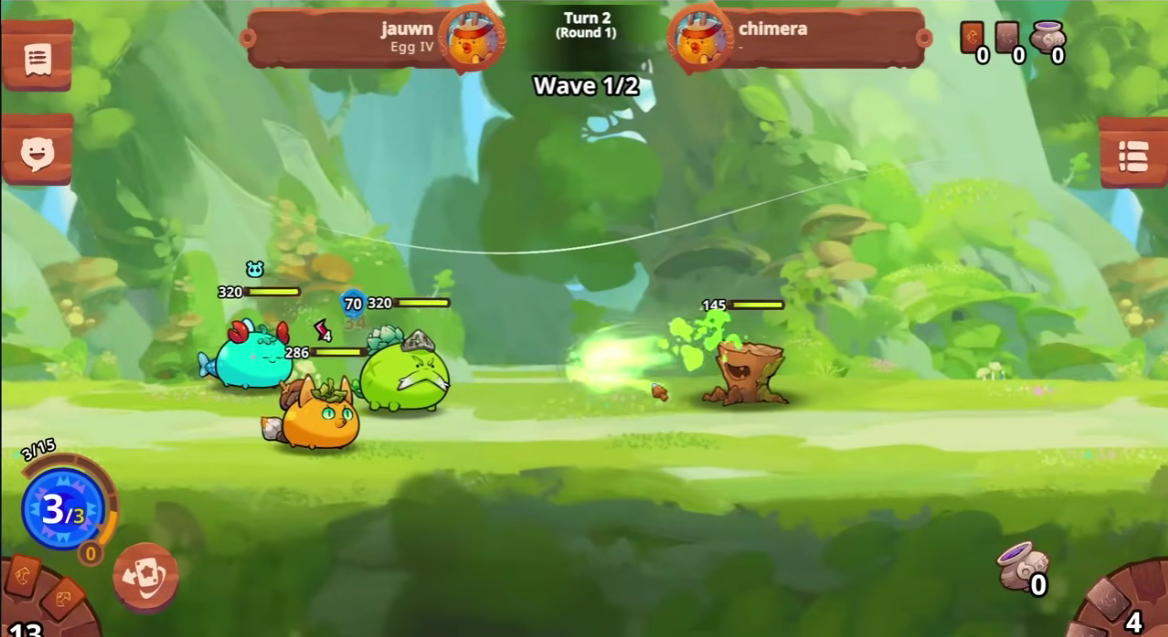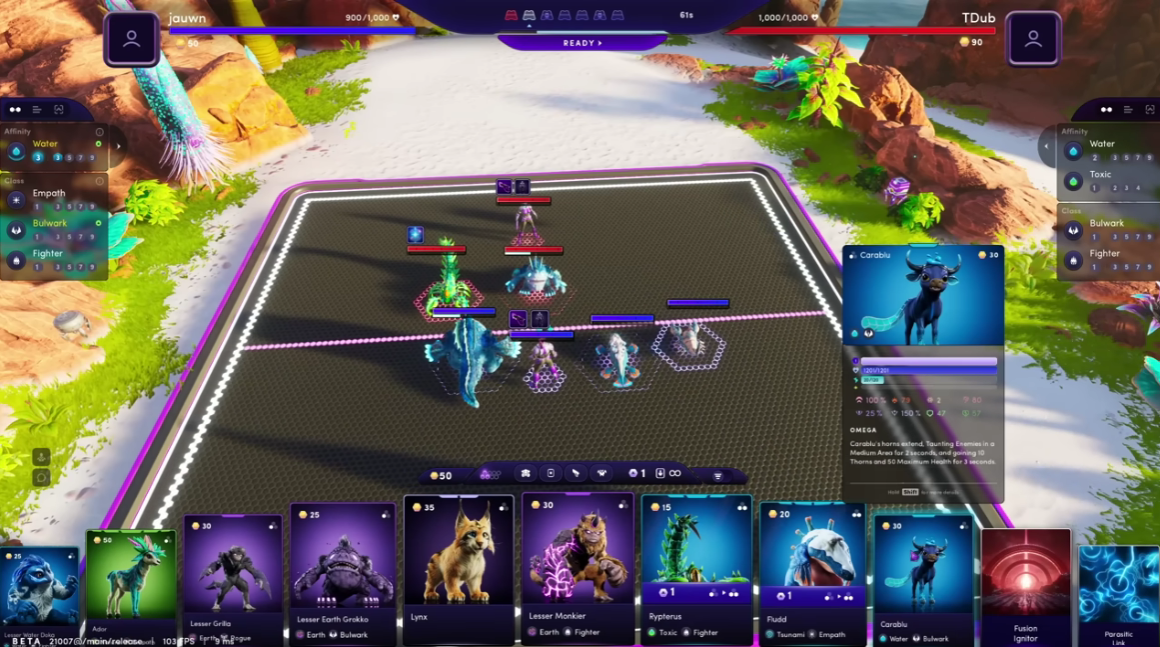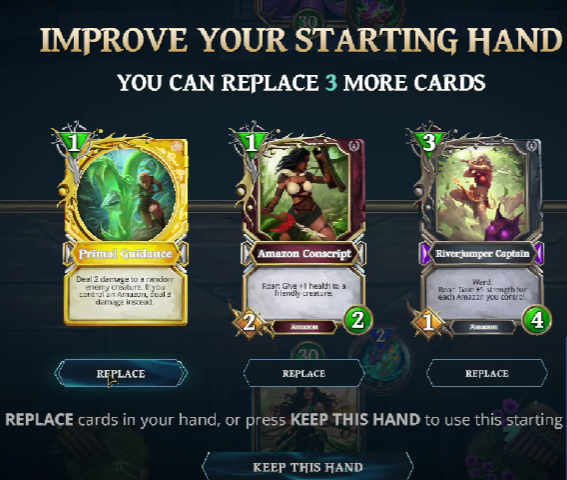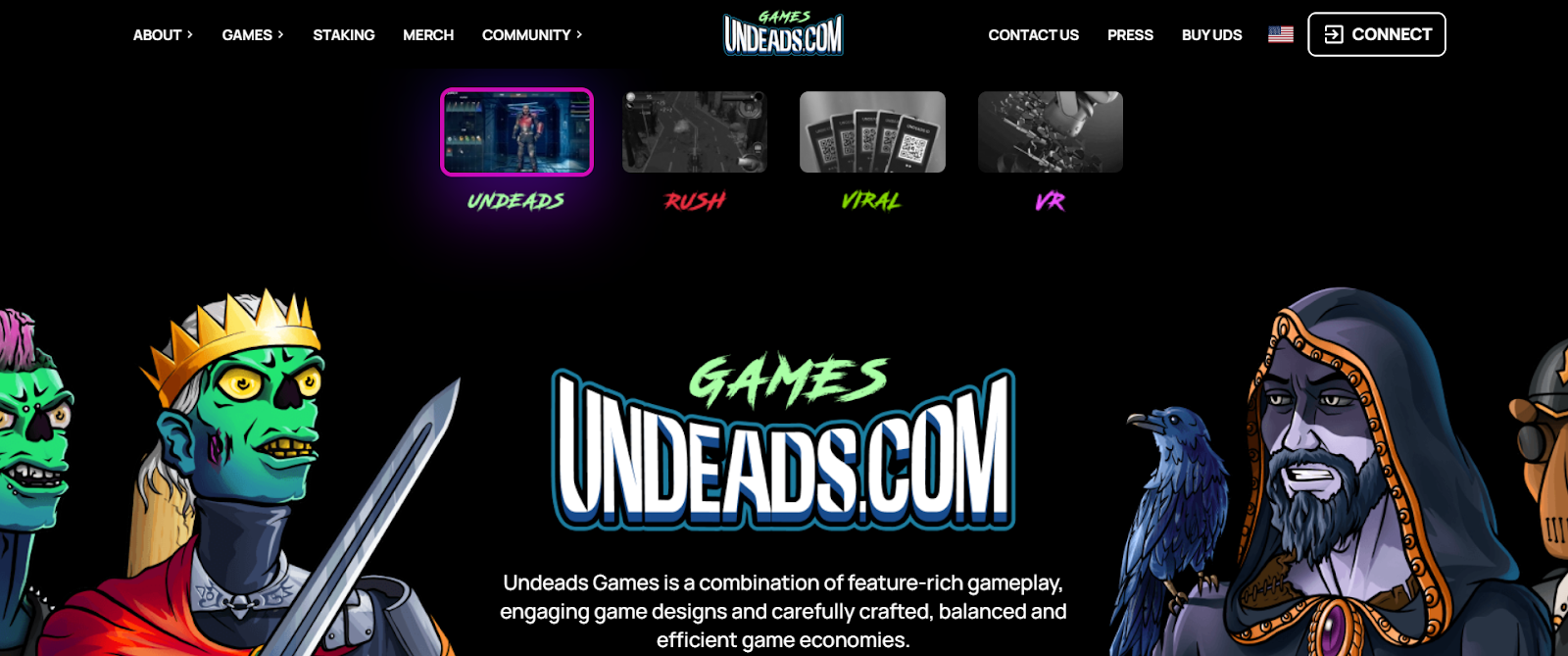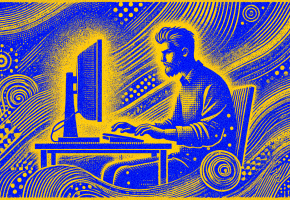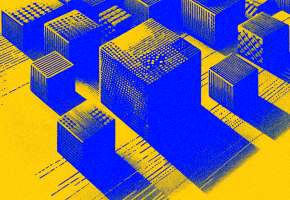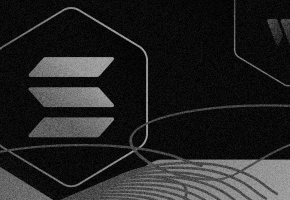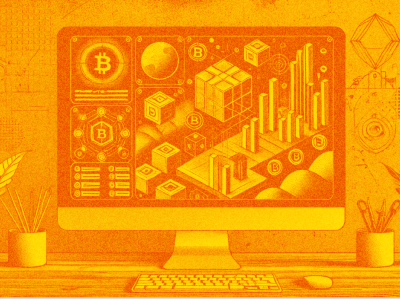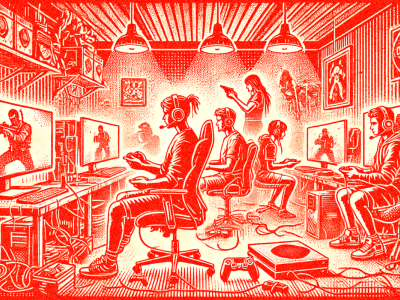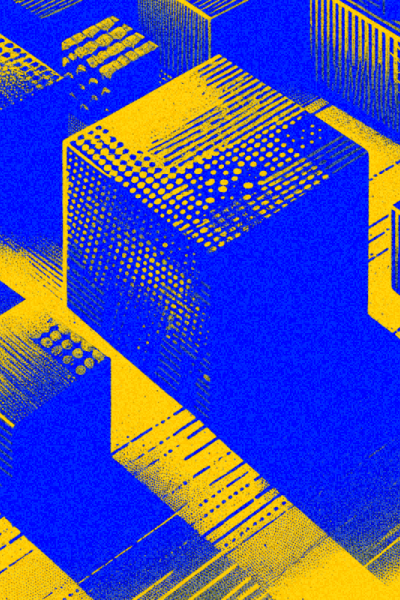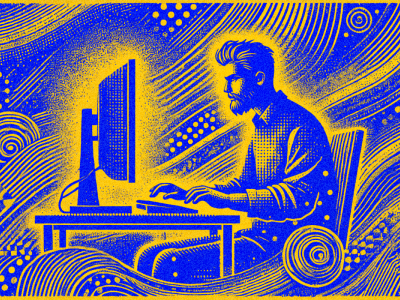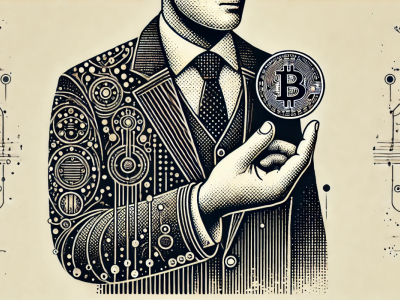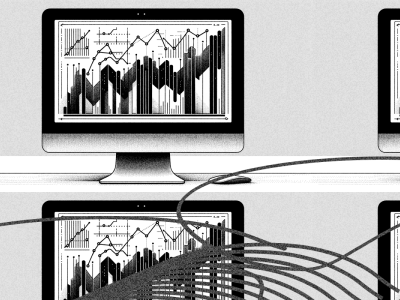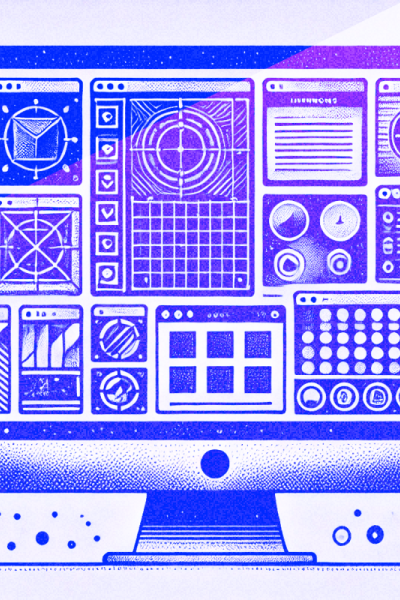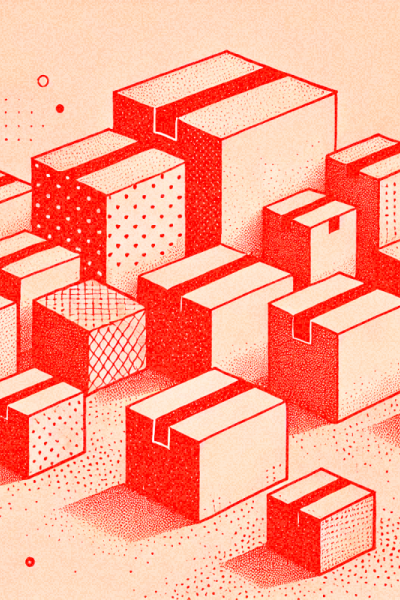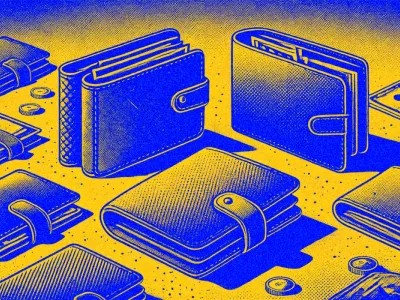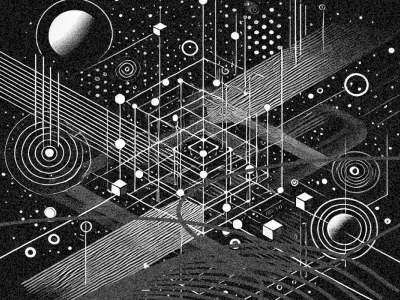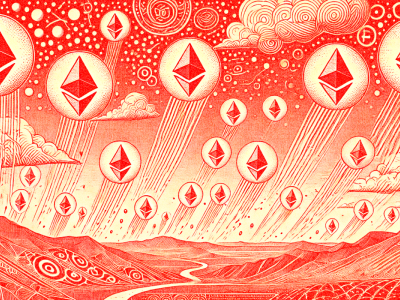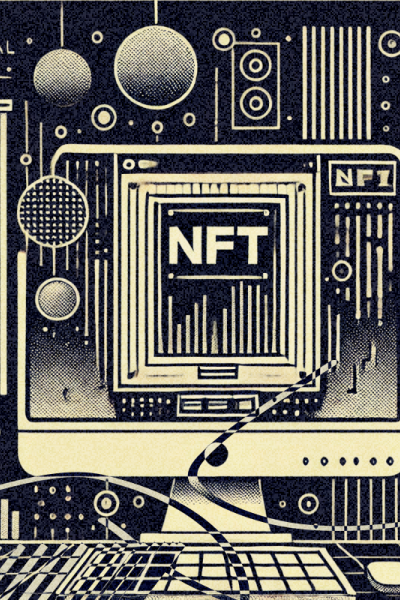- The GameFi Protocol integrates GameFi ecosystems with DeFi functionalities, promoting the Free-to-Play-to-Earn (F2P2E) model. The protocol has several key features. GameList – A curated list of F2P2E projects, virtual economies, and DeFi protocols. GDAO – A decentralized autonomous organization that governs the protocol. Participants can vote on game changes, launch IGOs, and manage GNFTs.
- Cross-Chain Interoperability. This allows players to transfer, sell, and use assets across different platforms, fostering collaboration between GameFi projects.
The future of GameFi depends on the implementation of sustainable economic systems. For example, Axie Infinity uses a dual-token model. SLP (utility token) – Used for in-game operations like breeding new characters. AXS (governance token) – Grants voting rights for project management and offers staking rewards.
Another project, Seraph, adopts a single-token model, where the utility token remains off-chain to ensure economic stability and seamless interaction.
To sustain its growing popularity, GameFi needs to develop high-throughput, low-fee, and scalable blockchain solutions.
Examples of Leading Ecosystems:
- opBNB – Low fees ($0.0001) and high processing speed (10,000 TPS). Leads in active users (1.36 million).
- Ronin – Specializes in GameFi with high throughput (100,000 TPS), though it has faced security issues.
- Immutable X – Zero fees for NFT creation and transfers, attracting developers.
According to analysts, the GameFi market is expected to reach $301.5 billion by the end of the decade. Key growth factors include:
- Decentralized Ownership – Players gain real-world value through NFT and token ownership.
- Economic Sustainability – Innovative tokenomics models reduce inflation risks.
- Infrastructure Expansion – Blockchain advancements ensure low fees and high scalability for large-scale games.
GameFi leverages blockchain, metaverses, and decentralized finance, but challenges remain — ensuring economic stability and attracting a mainstream audience. However, the potential is massive. With the rapid growth of technology and blockchain infrastructure, GameFi could become an integral part of the digital future.

